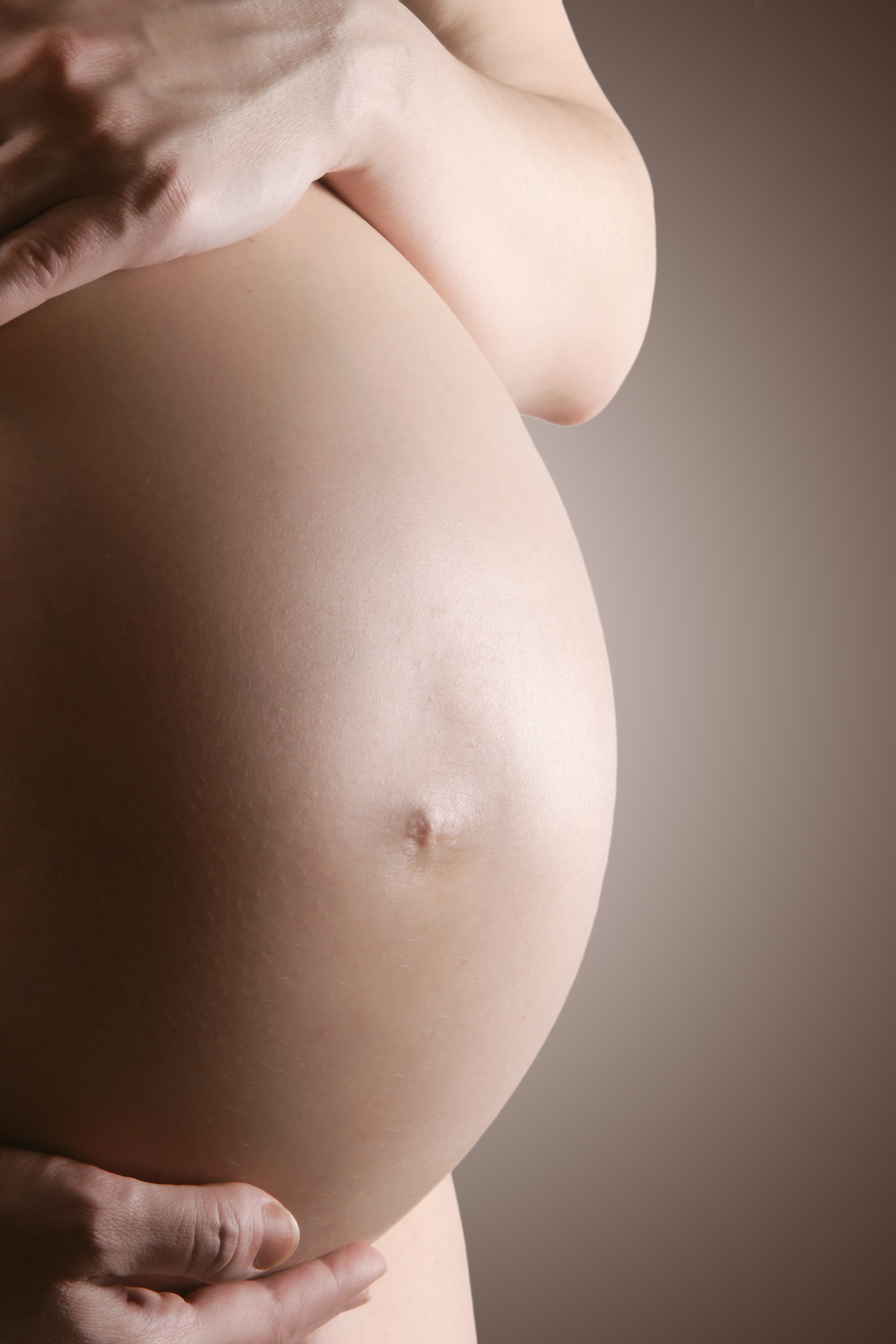Smart sphygmomanometer provides early warning of preeclampsia
Researchers at Aarhus University and Aarhus University Hospital have developed an intelligent measuring station that very precisely records the blood pressure of pregnant women as early as the 12th week of pregnancy. This can help determine the risk of preeclampsia at a later stage of the pregnancy.

Scientific studies show a statistically significant correlation between elevated blood pressure in the 12th week of pregnancy and the risk of developing preeclampsia later on. Recording blood pressure at an early stage of the pregnancy is one of several parameters that can contribute to identifying pregnant women at risk.
This is interesting because recent research actually indicates that preventive medical treatment can reduce the risk of developing severe preeclampsia with serious complications for both mother and baby, which can be life-threatening in some cases.
“Blood pressure can be a factor in identifying the risk before the symptoms appear. This means that by increasing efforts regarding routine investigations during pregnancy, including taking blood pressure measurements of a high quality, we can presumably reduce the number of cases of preeclampsia with serious complications,” says Assistant Professor Stefan Wagner.
Together with his colleagues at Aarhus University Hospital, he has developed an intelligent telemedical solution to measuring blood pressure – a self-measurement station that can carry out very precise and automatic blood pressure measurements of pregnant women without the help of hospital staff.
Precise self-measurements
The self-measurement station has been tested at Aarhus University Hospital in a pilot study involving the first 100 pregnant women in connection with nuchal translucency scans that had already been planned during the 12th week of pregnancy, and the results were good. The measurements were very precise, and the pregnant women gave a positive evaluation of the self-service solution.
The station is equipped with an automatic sphygmomanometer – a device for measuring blood pressure. Patients put their arm in the device, which has a screen with active guidelines, a scanner for their health insurance card, and different sensors that record sound and movement while the blood pressure is being taken.
It is all done without instructions or help from the staff, which is often a prerequisite for achieving high-quality measurements when standard sphygmomanometers are used.
“It’s crucial for the quality of the measurement that the pregnant woman complies with a rest period before her blood pressure is taken, and that she sits quietly with her back straight and both feet flat on the floor without talking. We can now ensure all of this without involving staff resources,” says Assistant Professor Wagner.
If the pregnant woman crosses her legs or sits hunched over the measurement station, she will be given a message to sit up straight. Once her blood pressure has been correctly taken, the station automatically transmits the data to the individual’s chart along with a score for the quality of the measurement.
“We can look at the measurement later, and get a guarantee of its quality at the same time. What’s special about this self-measurement station is that we can rely on the measurement being taken correctly,” says Dr Puk Sandager, Department of Gynaecology and Obstetrics, Aarhus University Hospital.
Telemedicine can lead to fewer preterm deliveries
The doctors expect to be able to use the measuring station for systematic precision measurements in the future to establish a screening programme for preeclampsia.
“With a screening programme, we expect to be able to prevent approximately half of the cases of preeclampsia in which the complications are so serious that the delivery has to be induced more than six weeks prematurely, and that the remaining half will get a much milder form of illness,” says Dr Sandager.
In addition to recording blood pressure, the overall screening procedure for preeclampsia includes measuring two different hormone values and blood flow to the uterus, as well as information about any previous pregnancies. The project is continuing in 2016 with an even more extensive study with automatic blood pressure measurements that will include 600 pregnant women altogether.
The measuring station can eventually be used in a considerable number of other diagnostic contexts, and it will hopefully provide savings for the health sector by reducing unnecessary overtime payments, at the same time as ensuring better quality for patients in connection with their blood pressure measurements.
Contact
Associate Professor Stefan Rahr Wagner, Department of Engineering, Aarhus University
